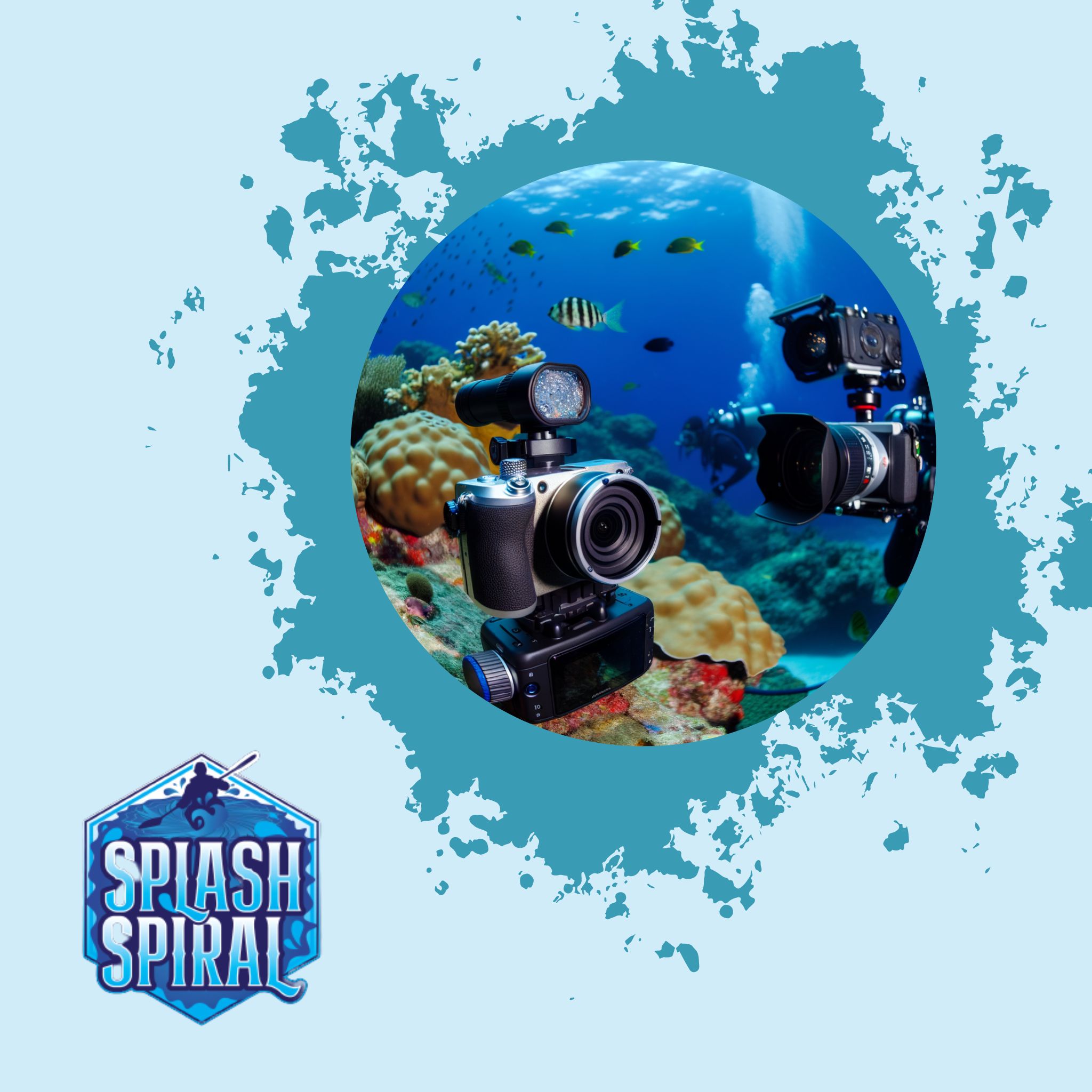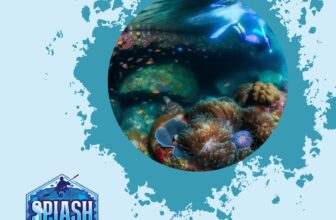
Diving into underwater photography can be a thrilling adventure, especially for beginners ready to explore the mysteries beneath the waves. But to capture the beauty of marine life, it's crucial to have the right gear. This guide outlines the best underwater photography equipment for compact cameras, offering practical tips and insights for novice divers.
Introduction
Underwater photography is gaining traction among diving enthusiasts, and for a good reason. It merges the allure of exploring the deep blue with the art of capturing stunning visuals. More divers are now venturing into this field, eager to bring back memories from their underwater escapades. The thrill of encountering vibrant coral reefs, mysterious shipwrecks, and mesmerizing marine creatures makes it a hobby worth pursuing.
For those just dipping their toes into underwater photography, starting with the right gear can make all the difference. Especially for compact camera users, having the appropriate equipment ensures you get sharp, clear, and captivating images, even in challenging underwater environments. Compact cameras are user-friendly and less bulky, making them ideal for beginners. However, without the right accessories, you might miss out on capturing the true essence of the underwater world. This guide will walk you through the essential gear you need to make the most out of your underwater photography adventures.
Essential Compact Camera Underwater Accessories
1. Waterproof Housings
Before you even think about plunging into underwater photography, a waterproof housing is your number-one essential. These casings protect your compact camera from water, sea salt, and pressure while diving. Not all housings are created equal, tailored to fit specific camera models to secure a snug, leak-proof fit.
Several brands stand out for their reliability and durability. Companies like SeaLife, Ikelite, and Fantasea come highly recommended, offering housings compatible with a range of compact cameras like Canon, Sony, and Nikon. When picking a waterproof housing, prioritize functionality such as depth rating, ease of control underwater, and port options.
2. Underwater Lenses
Once you’ve safeguarded your camera with a waterproof housing, underwater lenses are the next game changer. These lenses can dramatically improve your underwater shots by adjusting to the unique light and focus requirements beneath the surface. For beginners, starting with macro and wide-angle lenses can unlock new perspectives and details.
Macro lenses are perfect for capturing the intricate details of coral reefs, small fish, and other up-close subjects. On the other hand, wide-angle lenses are ideal if you aim to capture expansive underwater landscapes or large marine life. Popular options among beginners include the SeaLife Micro Wide Angle Dome Lens and the Olympus FCON-T02 Fisheye Converter Lens.
3. Underwater Lighting
Underwater lighting is non-negotiable if you want to capture the vibrant colors and details that often dissolve in deep water. Natural light diminishes quickly underwater, making it imperative to bring your own sources of artificial illumination. Strobes and video lights are your best allies in this case.
Strobes offer powerful, concentrated bursts of light, excellent for still photography. Brands like Sea & Sea and Inon provide reliable strobes with adjustable intensities to reduce backscatter and enhance image clarity. For those leaning towards video, continuous video lights from brands like GoBe and Light & Motion ensure consistent illumination, critical for underwater filming.
4. Trays and Handles
Holding a camera steady underwater can be trickier than it appears. Trays and handles can improve your control, offering stability and reducing motion blur. These accessories typically attach directly to the waterproof housing, giving you a more solid grip and facilitating the attachment of other accessories, such as lights or additional lenses.
Recommended starter models include the Ikelite Action Tray II and the SeaLife Flex-Connect system. Both are known for their ergonomic design and durability, making your underwater photography experience smoother and more enjoyable.
5. Filters
Filters can make an enormous difference in the quality of your underwater photos by compensating for the color loss and reflections that occur underwater. Filters come in various types, primarily red, magenta, and graded neutral density, each suitable for specific water conditions.
Red filters are optimal for blue tropical waters, restoring the reds and oranges lost at depth. Magenta filters suit greenish freshwater or temperate waters. Brands like Backscatter and Tiffen offer reliable, high-quality filters that can be easily attached to your housing or lens.
Additional Tips for Successful Diving Photography
1. Understand Your Equipment
Before you even think about diving with your camera, it's vital to know every button, dial, and function of your equipment. Practice using your camera and its underwater housing on dry land—this will save you from fumbling with settings and missing the perfect shot underwater. Study your user manuals and watch tutorials if available. For a deeper dive into optimizing your setup, take a peek at our article on the "Best Underwater Camera Setups for Freediving".
2. Practice Basic Underwater Photography Techniques
Diving adds layers of complexity to photography, so refine some foundational skills first. Start with buoyancy control; good buoyancy not only helps you avoid stirring up sand but also aids in getting a stable shot. Next, focus on framing your subjects; try using the rule of thirds for balanced compositions. If you need to polish your diving skills, check out our comprehensive article on "Scuba Diving".
3. Know Your Diving Spots
Not all dive spots are created equal. Some locations offer crystal-clear visibility and abundant marine life, ideal for beginners. Research dive sites to find the conditions that best suit your photography goals. Some places might require permits or have specific regulations to follow. For more insights into choosing the perfect spot, review our guide on "Diving".
4. Marine Life Photography Tips
Capturing marine life requires patience and a deep respect for the underwater ecosystem. Move slowly and avoid sudden movements to prevent startling your subjects. Learn to predict the behavior of marine animals to get that perfect shot without disturbing them. Respect the environment and follow ethical guidelines to ensure you’re not harming the wildlife. Eco-friendly practices go a long way in preserving the beauty you're there to capture.
5. Beginner's Guide to Underwater Photography
Getting started might feel overwhelming, but there are numerous resources to help you. Consider taking a workshop or enrolling in an online course tailored for underwater photography beginners. These can provide structured learning and valuable feedback. Start small and gradually work your way up to more complex techniques. Check out our article on "Capturing Underwater Volcanic Activity Tips and Safety" for some advanced inspiration.
By understanding your gear, honing your skills, picking the right spots, and respecting marine life, you'll be well on your way to capturing the breathtaking beauty that lies beneath the waves.
Conclusion
We've journeyed through the essentials of underwater photography gear tailored specifically for compact camera users. From waterproof housings that protect your equipment to trays and handles that stabilize your shots, each piece of gear plays a significant role in ensuring your underwater photographs are both stunning and clear.
For beginners, diving into the underwater world with the right equipment not only enhances the quality of your images but also enriches the overall diving experience. Remember, capturing the beauty beneath the waves is about more than just having a camera—it's about understanding your gear, mastering basic techniques, and respecting marine life.
Equip yourself properly, take the time to practice, and embrace the adventure. There's a whole underwater world waiting to be explored and documented. Don't forget to dive into our additional resources for more tips and insights. Happy underwater shooting!







